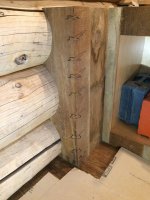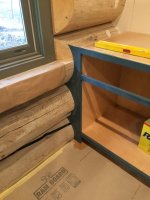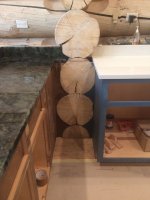southrider
Member
My "wandering blade" Carvex cuts better than any of the numerous Bosch saws I owned over the years (and light years better than Porter Cable, Makita, etc.).
I STILL hate it - because it only cuts that way if I spend WAY too much time fiddling with it before important cuts. Otherwise it either wanders all over the place or burns up the blades.
Been wanting a Mafell, but didn't want to give up the "soft start" or strobe light that the Carvex has, so I have been holding out for the "next gen" Mafell to tip me over the edge. The Mafell double thick blades are intriguing too.
Just got a lifetime supply of grub screws, and haven't taken the time to install and try yet - maybe THIS will be the difference maker.
Time will tell...............
Alex - not everyone on here is a foaming at the mouth fan-boy, and neither should you be. Most here are pretty honest and introspective. Just a thought.
I STILL hate it - because it only cuts that way if I spend WAY too much time fiddling with it before important cuts. Otherwise it either wanders all over the place or burns up the blades.
Been wanting a Mafell, but didn't want to give up the "soft start" or strobe light that the Carvex has, so I have been holding out for the "next gen" Mafell to tip me over the edge. The Mafell double thick blades are intriguing too.
Just got a lifetime supply of grub screws, and haven't taken the time to install and try yet - maybe THIS will be the difference maker.
Time will tell...............
Alex - not everyone on here is a foaming at the mouth fan-boy, and neither should you be. Most here are pretty honest and introspective. Just a thought.



